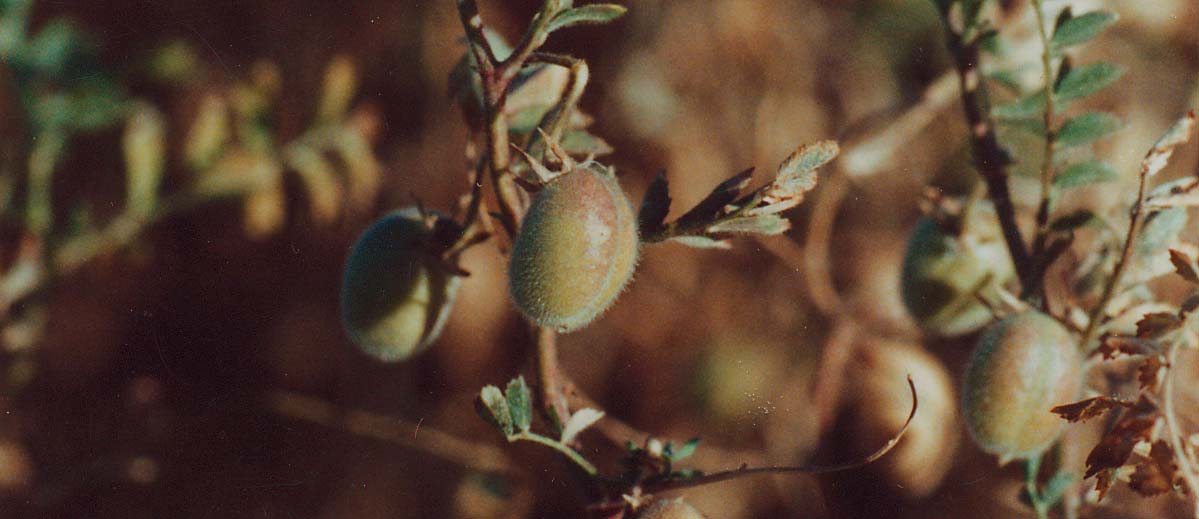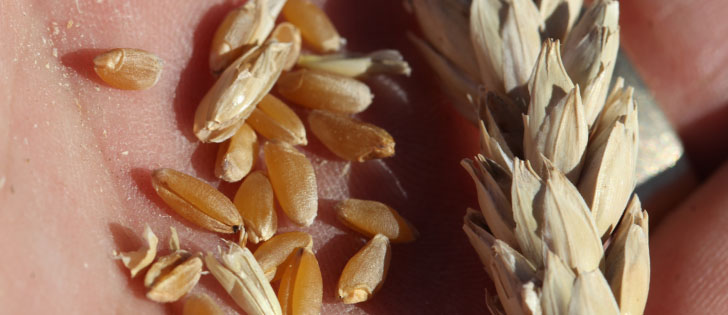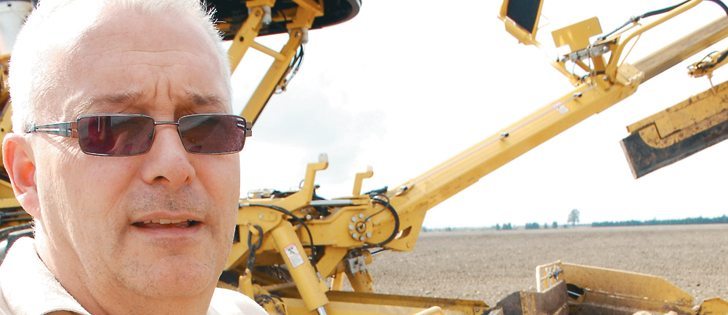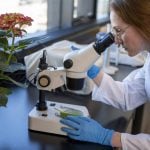OUTLOOK, Sask. – Saskatchewan landowners should pressure governments to invest more public resources in the province’s irrigation infrastructure, says a prominent supporter of prairie irrigation projects.
Graham Parsons, vice-president of development with the Saskatchewan-based engineering firm Clifton Associates, said Saskatchewan producers are ideally positioned to meet the nutritional needs of an expanding world population that could increase by as many as two billion people over the next few decades.
Speaking at the Canada Saskatchewan Irrigation Diversification Centre in Outlook, Parsons said Lake Diefenbaker, a man-made reservoir that stretches more than 220 kilometres along the South Saskatchewan River, is a largely untapped resource that could boost the province’s gross domestic product by more than $30 billion over the next few decades if necessary investments are made.
Read Also
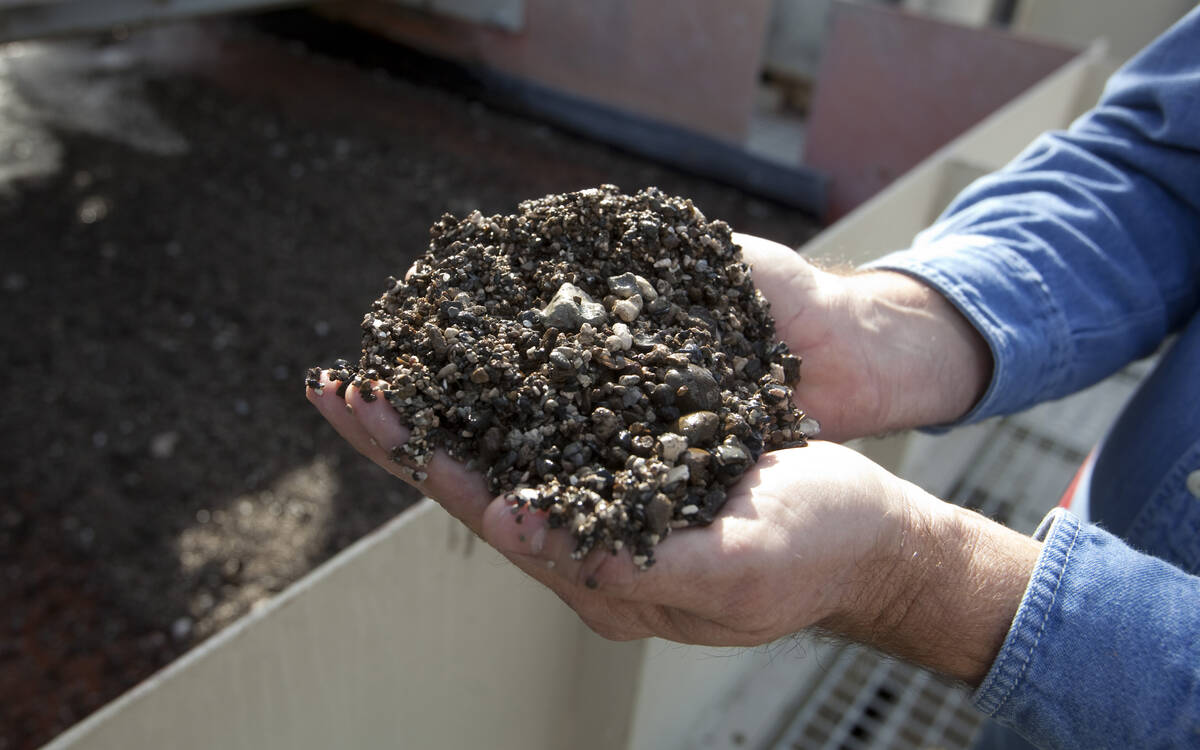
Phosphate prices to remain high
Phosphate prices are expected to remain elevated, according to Mosaic’s president.
Parsons said a lack of fresh water in California and other U.S. jurisdictions is likely to force hundreds of thousands of acres of irrigated land out of production in the United States.
With the right infrastructure in place, Saskatchewan could replace those lost acres and position itself a major producer and exporter of fruits, vegetables and other high value agricultural crops.
“Experts from around the world know quite clearly that we can’t feed the world’s growing population unless we expand irrigation all around the world,” Parsons said.
“There’s a lot of irrigation potential in this province, more than almost anywhere else in North America … but it won’t happen alone. It won’t happen without the continuing and active leadership of governments, farmers, municipalities and researchers, men and women, families and companies.”
Clifton Associates, which specializes in water management projects, has long promoted the expansion of Saskatchewan’s irrigation infrastructure.
Late last year, it completed a report for the Saskatchewan Irrigation Projects Association that called for federal and provincial governments to invest in regional water distribution networks around Lake Diefenbaker.
The study suggested that an initial investment of $2.9 billion could bring roughly 500,000 additional acres under irrigation, spur another $9 billion in private-sector investment and create roughly 300,000 person-years of employment over the next four decades.
Right now, about 350,000 acres are under irrigation in the province. About 100,000 of those acres draw water directly from Lake Diefenbaker.
The study also suggested that gross annual income from an acre of irrigated farmland is $485 to $565 higher than the same acre of dry land.
“The cost benefit of irrigation is clear,” Parsons said.
“It could transform a major part of the rural economy of Saskatchewan.”
Parsons said Western Canada’s growing population will also provide a lucrative new market for irrigated produce grown in the province.
By 2050, the population of the Prairies will have doubled,” he said.
“It’ll be around seven million people, and you’ll be about a day’s drive from that whole seven-million person market.”
Parsons’ pleas for government investment in irrigation have not gone unnoticed.
Last month, the federal and provincial governments announced a plan to spend approximately $5 million expanding irrigation capacity in the South Saskatchewan, Riverhurst and Luck Lake irrigation districts surrounding Lake Diefenbaker.
Government sources said the project will bring roughly 15,000 additional acres under irrigation and create roughly 80 new jobs, 60 of them long term.
Roger Pederson, past-president of the Saskatchewan Irrigation Projects Association, said the investment could potentially increase irrigated acreage around Lake Diefenbaker by 10 to 15 percent.
Executive members from the three irrigation districts will decide how to use their share of funding, he added.
“It’s certainly welcome news for the districts that are concerned,” Pederson said.
“They have been looking for ways to expand their acres and this will allow them to at least get a start on it. Government investment is welcome in any amount …. We’d like to see a lot bigger investment obviously, but that’s a good start for the three districts involved.”



